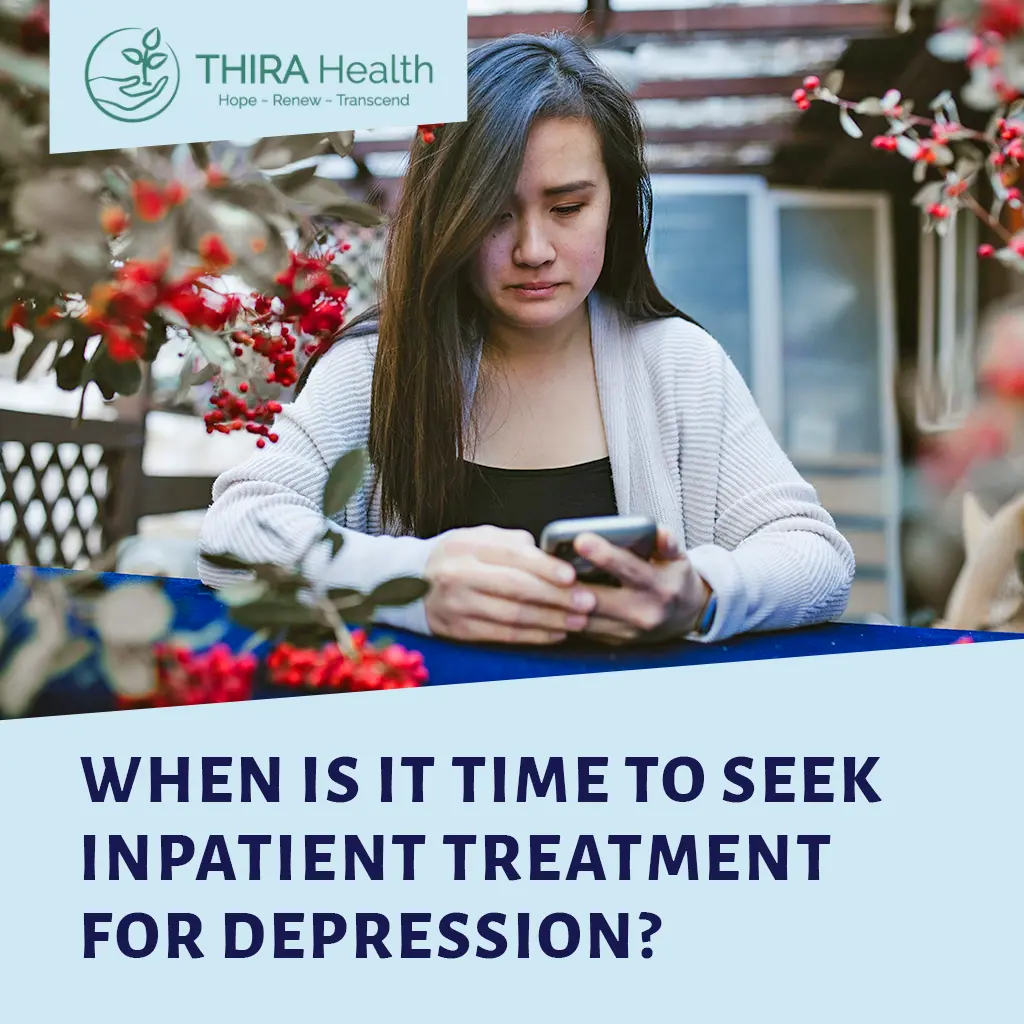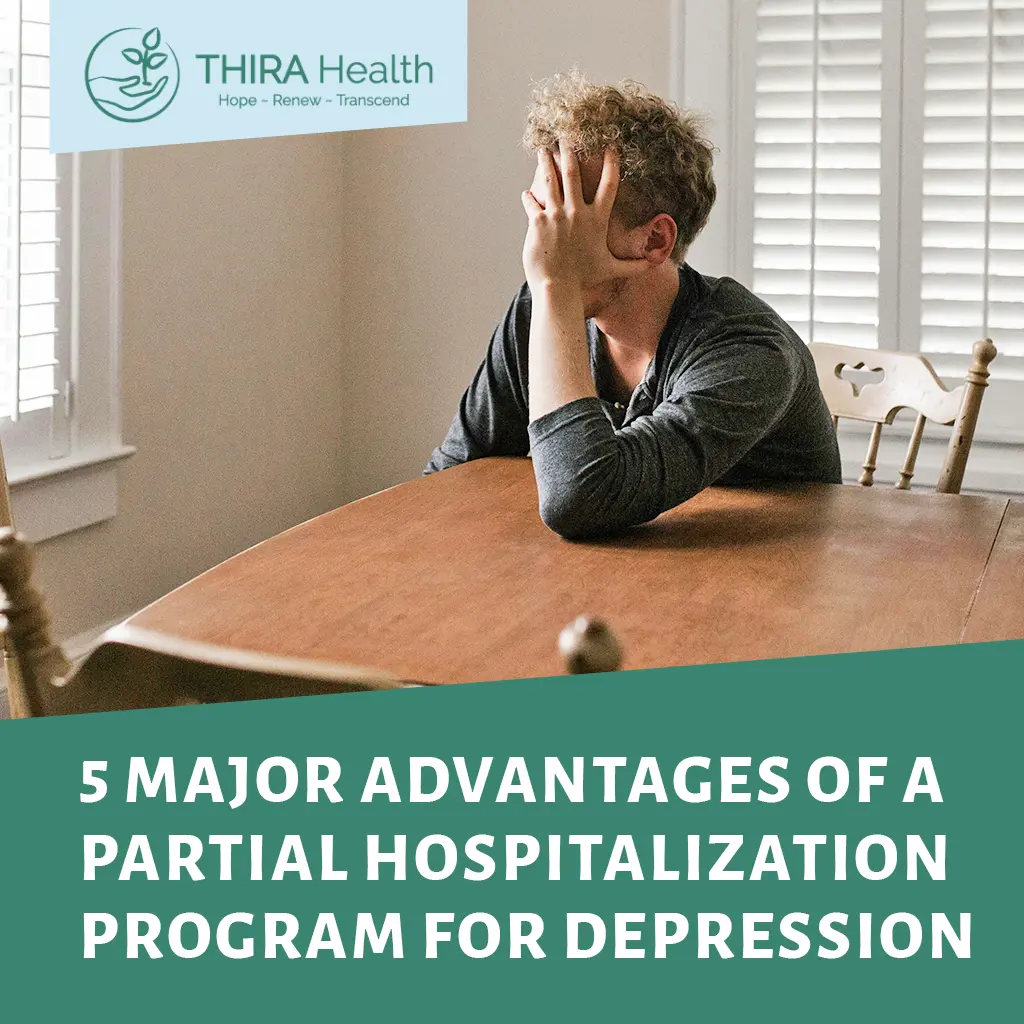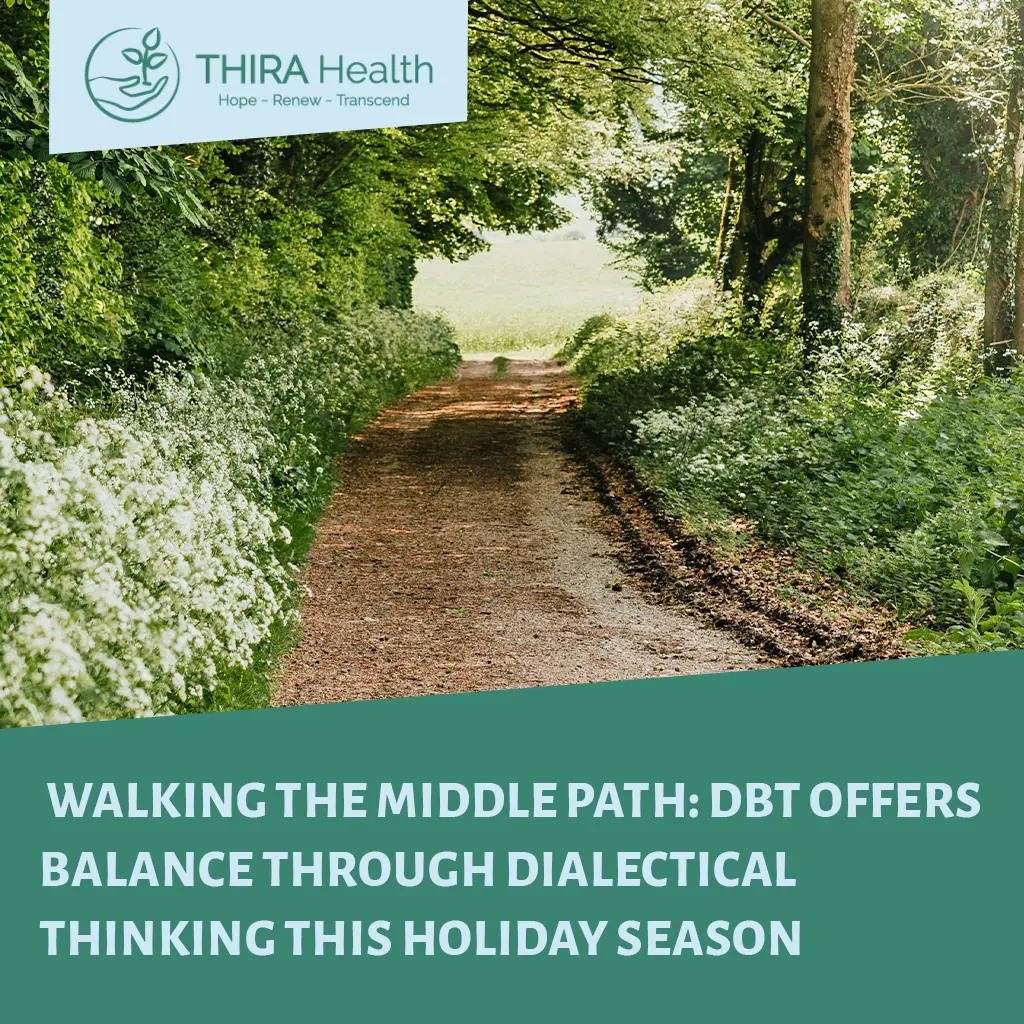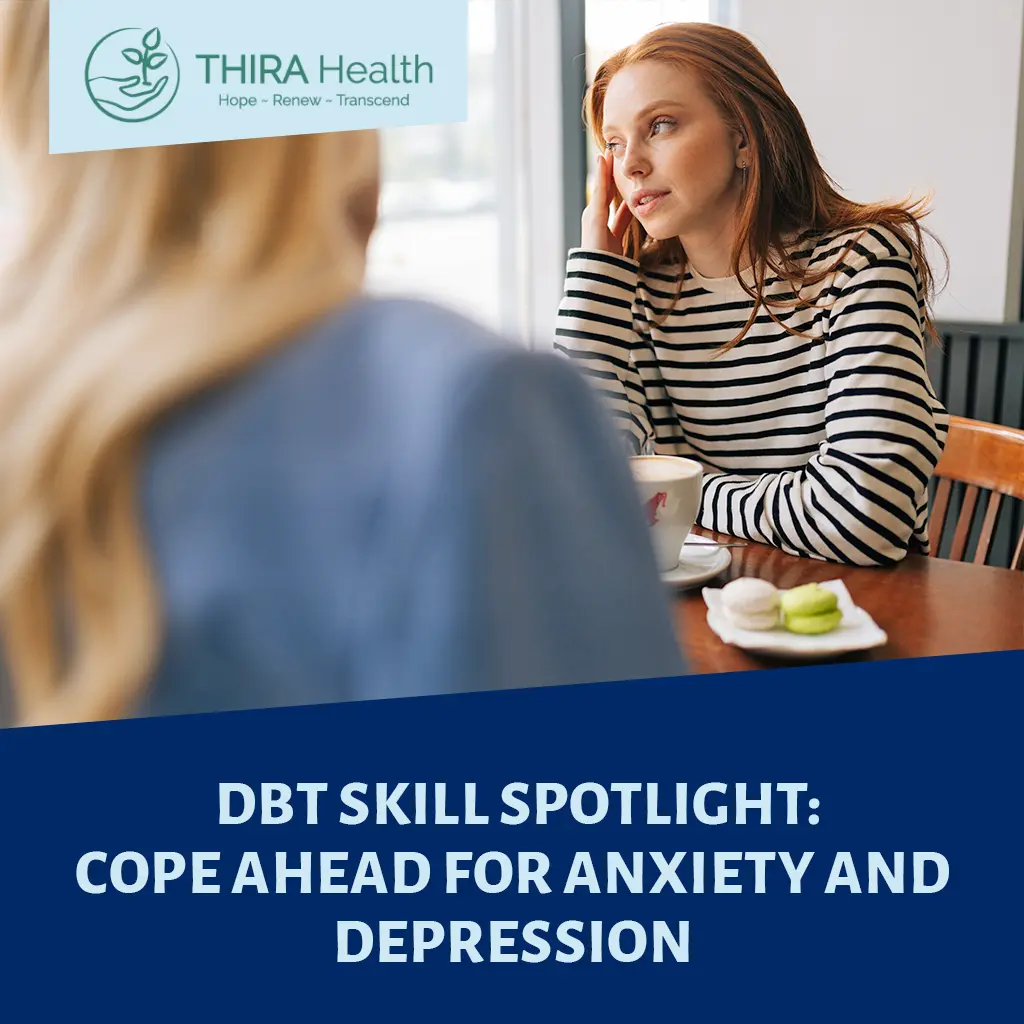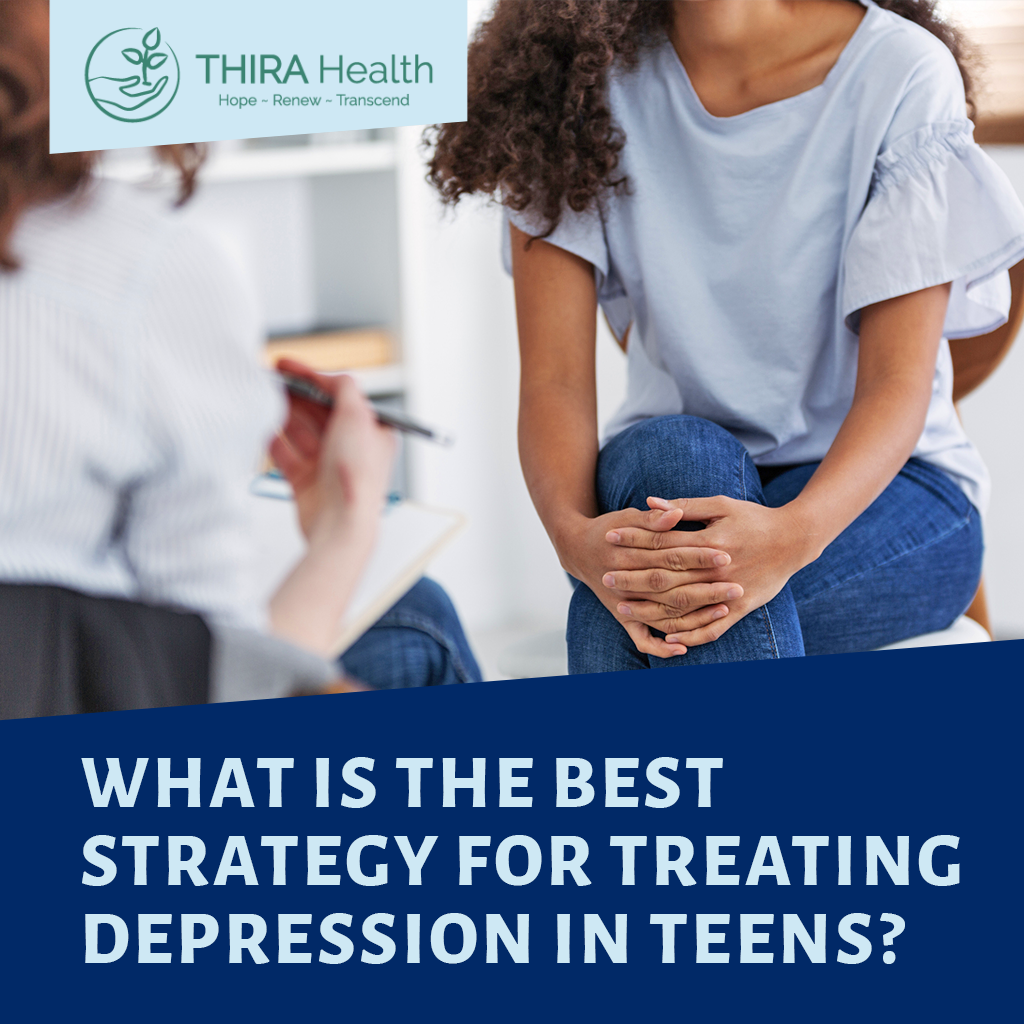By Emily Fitch, RD and Allison Thompson, RD
It’s National Eating Disorder Awareness week. We’ve been struggling with what to write – there are already blog posts with Eating Disorder (ED) facts, statistics, mottos for recovery, and much more out there.
We know that children are 242 times more likely to develop an eating disorder than type 2 diabetes, for example – yet we hear so much more about the importance of a ‘healthy weight’, and not so much about how to promote balanced and nourishing messaging about health and weight.
We know that recovery isn’t just about weight restoration, eating disorders often coexist with diagnoses like anxiety and OCD, eating disorders aren’t just about food, and recovery isn’t a straight line. Eating disorders are complicated medical and psychological disease that do not discriminate based on gender, race, ethnicity, body size, socioeconomic status, or age.
So. What do we write about? What can we offer? How do we help?
Or rather, how can you help?
- Compliment people based on their values or how they make you feel, rather than their looks! Kindness, enthusiasm, thoughtfulness, humor, loyalty, and compassion are all respected traits that have nothing to do with appearance.
- Find something else to talk about with your friends, your family, your coworkers rather than body dissatisfaction and weight loss! Especially as women, we have so much more to offer in this world other than devaluing our own bodies to relate to each other.
- Notice hunger as a physiological cue, rather than something to second guess or ignore. We don’t question being thirsty, needing to pee, or having a headache! Hunger and fullness are simply signals and sensations from our bodies.
- Recognize that there are many other health indicators other than weight; in fact, weight is one of the least reliable indicators. Health factors include genetics, physical activity, stress, mental health, income, education, access to healthcare, food insecurity, and many more.
- Know the limitations of using BMI to categorize weight. It does not consider body fat distribution, bone density, muscle mass, and other factors that play into weight. Unless you are a white European man from 200 years ago, the BMI chart is outdated and largely unhelpful in predicting someone’s appropriate height-to-weight ratio.
- When speaking to children and loved ones about foods, highlight the positive roles that different types of foods serve, such as providing energy, giving us pleasure, and satisfying hunger.
- When speaking to children and loved ones about your body, focus on what your body does for you rather than how it looks. For example, “I’m really grateful my legs are so strong and can take me on walks with my family!”.
- Avoid labeling foods as good or bad, healthy or unhealthy. All foods can fit into a health promoting diet – categorizing them in this way can cause us to feel unnecessary shame and fear around foods.
What is normal eating?
“Normal eating is going to the table hungry and eating until you are satisfied. It is being able to choose food you like and eat it and truly get enough of it—not just stop eating because you think you should.
Normal eating is being able to give some thought to your food selection so you get nutritious food, but not being so wary and restrictive that you miss out on enjoyable food.
Normal eating is giving yourself permission to eat sometimes because you are happy, sad or bored, or just because it feels good.
Normal eating is mostly three meals a day, or four or five, or it can be choosing to munch along the way. It is leaving some cookies on the plate because you know you can have some again tomorrow, or it is eating more now because they taste so wonderful.
Normal eating is overeating at times, feeling stuffed and uncomfortable. And it can be undereating at times and wishing you had more.
Normal eating is trusting your body to make up for your mistakes in eating.
Normal eating takes up some of your time and attention, but keeps its place as only one important area of your life.
In short, normal eating is flexible. It varies in response to your hunger, your schedule, your proximity to food and your feelings.”
-Ellyn Satter
Warning signs of disordered eating
Eating disorders are serious medical and psychological illnesses. If you are or someone you care about might be suffering from an eating disorder, please reach out for support.
Video: Warning Signs & Symptoms of an Eating Disorder
This list only touches on a few signs that may or may not be present in someone with disordered eating.
- Chronic dieting, sometimes despite being hazardously underweight
- Distorted body image or frequent complaints of ‘being fat’
- Constant weight fluctuations or significant weight loss in a short period of time
- Obsession with calories, and/or fat content of food
- Cutting out food groups like carbohydrates, fat, sugar, dairy, or being newly vegetarian/vegan
- Preoccupation with food, weight, or body image
- Avoidance of social functions, family, and friends, especially those that involve food
- Eating alone
- Exercising despite poor weather or injury
- Rigid, black and white thinking around food
- Dressing in baggy clothing or many layers, or complaints of being cold often
- Frequent trips to the bathroom, particularly after meals
- Demonstrates a strong dislike of foods previously enjoyed
Resources for help
Helpline number: 1-800-931-2287
National Institute for Mental Health
International Association of Eating Disorder Professionals


